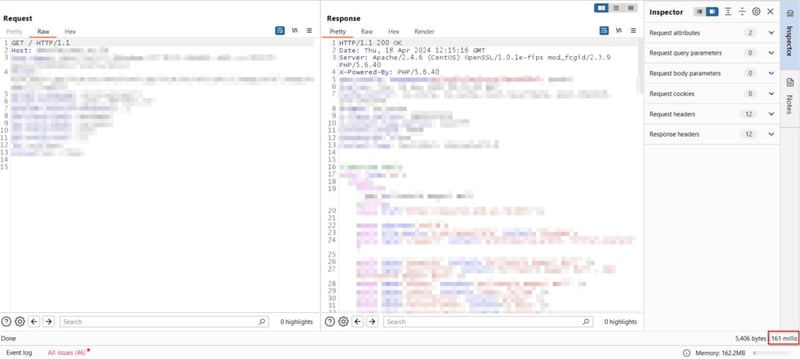Example:
https://example[.]com/’XOR(SELECT(0)FROM(SELECT(SLEEP(2)))a)XOR’Z
In the realm of cybersecurity and web application security testing, SQL injection (SQLi) remains a critical concern, posing significant risks to data integrity and system security. This writeup delves into a specific SQL injection technique aimed at causing delays in website responses, highlighting its methodology, potential impact, and mitigation strategies.
The provided payload, ‘XOR(SELECT(0)FROM(SELECT(SLEEP(2)))a)XOR’Z’, serves as an example of a delay-based SQL injection attack. Let’s dissect the methodology and components of this payload:
XOR Operator Usage: The ‘XOR’ operator, which stands for “exclusive or,” is utilized in SQL injection to manipulate query logic and evade input sanitization mechanisms. By strategically placing XOR within the payload, attackers attempt to alter the query’s behavior and inject malicious code.
Subquery with Sleep Function: The payload contains a subquery ‘SELECT(0)FROM(SELECT(SLEEP(2)))a’ designed to execute a sleep function for 2 seconds. This sleep function introduces an intentional delay in the query execution, which can be leveraged by attackers to detect SQL injection vulnerabilities and assess the system’s responsiveness.
Payload Termination: The payload concludes with ‘XOR’Z’, which aims to terminate the injected SQL code and prevent syntax errors or unintended behavior in the original query. Proper payload termination is crucial for maintaining attack stealth and minimizing the risk of detection.
It’s imperative to approach SQL injection testing and security assessments ethically and responsibly. Unauthorized or malicious exploitation of vulnerabilities can lead to legal consequences and compromise system integrity.
Mitigation strategies for defending against SQL injection attacks include:
Input Validation: Implement strict input validation mechanisms to sanitize user inputs and prevent malicious SQL code injection.
Parameterized Queries: Utilize parameterized queries or prepared statements in database interactions to separate data from SQL commands, reducing the risk of injection attacks.
Web Application Firewalls (WAFs): Deploy WAFs with SQL injection detection capabilities to monitor and block suspicious requests before reaching the application server.
Regular Security Audits: Conduct regular security audits and vulnerability assessments to identify and remediate SQL injection vulnerabilities proactively.
So, while the delay-based SQL injection attack technique showcases vulnerabilities in web applications, it underscores the importance of robust security practices, continuous monitoring, and collaboration between security professionals and developers to fortify systems against evolving cyber threats.
Regards,
Hafiz Muhammad Attaullah


